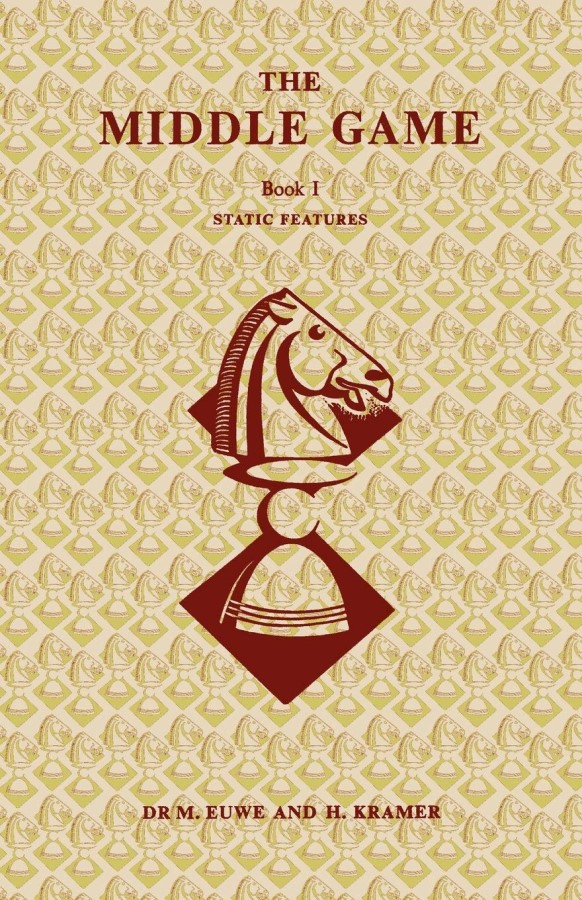


[Note that Jon Speelman also looks at the content of the article in video format, here embedded at the end of the article.]
 In the opening rounds of the Belgrade FIDE Grand Prix there were two splendid instances of defensive queen sacrifices. (I’m writing on Friday — there may even have been more).
In the opening rounds of the Belgrade FIDE Grand Prix there were two splendid instances of defensive queen sacrifices. (I’m writing on Friday — there may even have been more).
The first in Grischuk v Andreikin was the subject of Meriijn Van Delft’s Game of the Week and led to a brilliant win, while a couple of days later, in Harikrishna v Giri, the sacrifice defused the position and led to a draw.
I’ve reprised both of these fairly briefly, and they set me thinking about defence in general. So I turned to one of my favourite books, The Middlegame by Max Euwe and Hans Kramer.
One of the chess books on a shelf above my bed when I was a kid, this double hander — in which I presume that Kramer did the heavy lifting and Euwe some checking before adding his imprimatur — was originally published in twelve volumes in Dutch. The English edition was published by G Bell and Sons Ltd in two volumes in 1964 and 1965: the first, Static Features, comprising the first five books, and the second, Dynamic and Subjective, features the remaining seven. The translation was by WH Cozens, a well-known chess author in his own right whose lovely collection The King Hunt I particularly like.
Defence appears quite early in the second volume. It’s a difficult topic, and they chose to highlight the defensive talents of two great players — Wilhlem Steinitz and Emanuel Lasker — before going into a more general chapter. Today we could certainly add Tigran Petrosian and Ulf Andersson. And, indeed, many current players, including Sergey Karjakin, Magnus Carlsen himself and Hikaru Nakamura, are brilliant at defence when it’s required.
Today I’m going to cherry-pick a couple of games each from the chapters on Steinitz and Lasker, and I may well return to the topic soon.
Select an entry from the list to switch between games